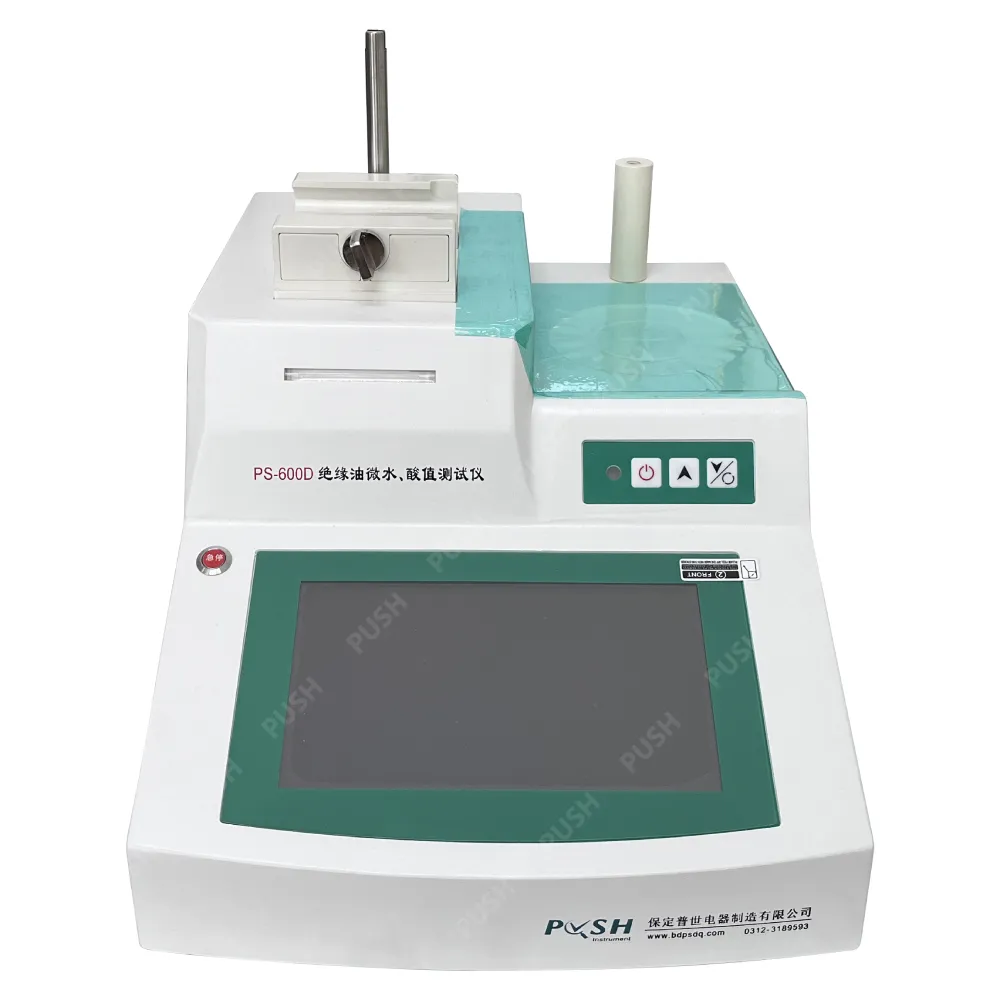 English
English



-
 Afrikaans
Afrikaans -
 Albanian
Albanian -
 Amharic
Amharic -
 Arabic
Arabic -
 Armenian
Armenian -
 Azerbaijani
Azerbaijani -
 Basque
Basque -
 Belarusian
Belarusian -
 Bengali
Bengali -
 Bosnian
Bosnian -
 Bulgarian
Bulgarian -
 Catalan
Catalan -
 Cebuano
Cebuano -
 China
China -
 China (Taiwan)
China (Taiwan) -
 Corsican
Corsican -
 Croatian
Croatian -
 Czech
Czech -
 Danish
Danish -
 Dutch
Dutch -
 English
English -
 Esperanto
Esperanto -
 Estonian
Estonian -
 Finnish
Finnish -
 French
French -
 Frisian
Frisian -
 Galician
Galician -
 Georgian
Georgian -
 German
German -
 Greek
Greek -
 Gujarati
Gujarati -
 Haitian Creole
Haitian Creole -
 hausa
hausa -
 hawaiian
hawaiian -
 Hebrew
Hebrew -
 Hindi
Hindi -
 Miao
Miao -
 Hungarian
Hungarian -
 Icelandic
Icelandic -
 igbo
igbo -
 Indonesian
Indonesian -
 irish
irish -
 Italian
Italian -
 Japanese
Japanese -
 Javanese
Javanese -
 Kannada
Kannada -
 kazakh
kazakh -
 Khmer
Khmer -
 Rwandese
Rwandese -
 Korean
Korean -
 Kurdish
Kurdish -
 Kyrgyz
Kyrgyz -
 Lao
Lao -
 Latin
Latin -
 Latvian
Latvian -
 Lithuanian
Lithuanian -
 Luxembourgish
Luxembourgish -
 Macedonian
Macedonian -
 Malgashi
Malgashi -
 Malay
Malay -
 Malayalam
Malayalam -
 Maltese
Maltese -
 Maori
Maori -
 Marathi
Marathi -
 Mongolian
Mongolian -
 Myanmar
Myanmar -
 Nepali
Nepali -
 Norwegian
Norwegian -
 Norwegian
Norwegian -
 Occitan
Occitan -
 Pashto
Pashto -
 Persian
Persian -
 Polish
Polish -
 Portuguese
Portuguese -
 Punjabi
Punjabi -
 Romanian
Romanian -
 Russian
Russian -
 Samoan
Samoan -
 Scottish Gaelic
Scottish Gaelic -
 Serbian
Serbian -
 Sesotho
Sesotho -
 Shona
Shona -
 Sindhi
Sindhi -
 Sinhala
Sinhala -
 Slovak
Slovak -
 Slovenian
Slovenian -
 Somali
Somali -
 Spanish
Spanish -
 Sundanese
Sundanese -
 Swahili
Swahili -
 Swedish
Swedish -
 Tagalog
Tagalog -
 Tajik
Tajik -
 Tamil
Tamil -
 Tatar
Tatar -
 Telugu
Telugu -
 Thai
Thai -
 Turkish
Turkish -
 Turkmen
Turkmen -
 Ukrainian
Ukrainian -
 Urdu
Urdu -
 Uighur
Uighur -
 Uzbek
Uzbek -
 Vietnamese
Vietnamese -
 Welsh
Welsh -
 Bantu
Bantu -
 Yiddish
Yiddish -
 Yoruba
Yoruba -
 Zulu
Zulu
burden test on ct and pt
Understanding the Burden Test on CT and PT A Comprehensive Overview
The burden test, an essential evaluative method in various fields, notably radiography and pathology, is designed to assess the functional and operational efficiency of systems such as computed tomography (CT) and positron emission tomography (PT). This article delves into the significance of the burden test on CT and PT, highlighting its principles, applications, and implications for healthcare standards.
What is a Burden Test?
The burden test refers to a systematic approach aimed at quantifying the potential workload of a given medical imaging system. It involves evaluating the capability of CT and PT systems to handle diverse patient throughput levels while maintaining diagnostic accuracy and image quality. Through the assessment, healthcare providers gain valuable insights into operational efficiencies and can identify areas needing improvement.
Significance in Medical Imaging
In the realm of diagnostic imaging, the burden test is vital for ensuring that equipment operates within its optimal limits. CT and PT machines are fundamental to diagnosing and monitoring various medical conditions, and their performance directly influences patient outcomes. Any breakdown in equipment fidelity can lead to misdiagnosis, increased patient anxiety, and unnecessary medical procedures.
Applications of the Burden Test
1. Operational Efficiency The burden test can help healthcare facilities analyze their imaging capabilities, allowing them to optimize schedules and workflows. By understanding the maximum burden a system can handle, facilities can minimize patient wait times and enhance service delivery.
2. Quality Assurance Routine burden testing is integral to quality control protocols. By regularly assessing the burden that CT and PT machines can endure, facilities ensure that they are meeting established standards and regulations.
3. Equipment Investment Decisions The outcomes of burden tests can inform decision-making regarding equipment purchases and upgrades. Facilities can determine whether their existing systems are adequate for their patient load or if they need to invest in new technology to enhance imaging performance.
Principles Behind the Burden Test
burden test on ct and pt

The burden test typically involves several key components
- Load Simulation This involves subjecting the imaging system to various simulated scenarios that reflect the anticipated workload. This step helps in understanding how machine performance varies under different conditions.
- Performance Metrics Essential metrics such as image quality, processing time, and error rates are meticulously evaluated during the test. These data points collectively paint a picture of the system’s operational integrity.
- Compliance with Standards The burden test results are benchmarked against established medical imaging standards. This comparison ensures that the equipment meets national and international regulations governing diagnostic imaging.
Implications for Healthcare Standards
The burden test not only has implications for the individual imaging systems but also for the healthcare system as a whole. Effective burden assessments contribute to
- Enhanced Patient Safety By ensuring that imaging systems are capable of handling expected loads without compromising quality, patient safety is significantly improved.
- Cost Efficiency A well-managed burden test leads to optimized operations, thus reducing unnecessary costs related to equipment downtime or misdiagnosis.
- Improved Patient Care Ultimately, the burden test contributes to better healthcare delivery. With reliable imaging results, clinicians can make informed decisions, leading to improved treatment outcomes.
Conclusion
In the evolving landscape of medical imaging, the burden test plays a critical role in ensuring that CT and PT systems function effectively and efficiently. By prioritizing thorough evaluations, healthcare facilities can enhance diagnostic precision, improve patient experience, and meet the growing demands of modern medicine. As technology continues to advance, the commitment to rigorous testing and quality control will remain a cornerstone of high-standard healthcare delivery.
-
Testing Equipment Industry Sees Major Advancements in 2025: Smart & Precision Technologies Lead the WayNewsJun.06,2025
-
Applications of Direct Current Generators in Renewable Energy SystemsNewsJun.05,2025
-
Hipot Tester Calibration and Accuracy GuidelinesNewsJun.05,2025
-
Digital Circuit Breaker Analyzer Features and BenefitsNewsJun.05,2025
-
Benefits of Real-Time Power Quality Monitoring Devices for Industrial EfficiencyNewsJun.05,2025
-
Earth Fault Loop Testing in High-Rise Building Electrical SystemsNewsJun.05,2025



